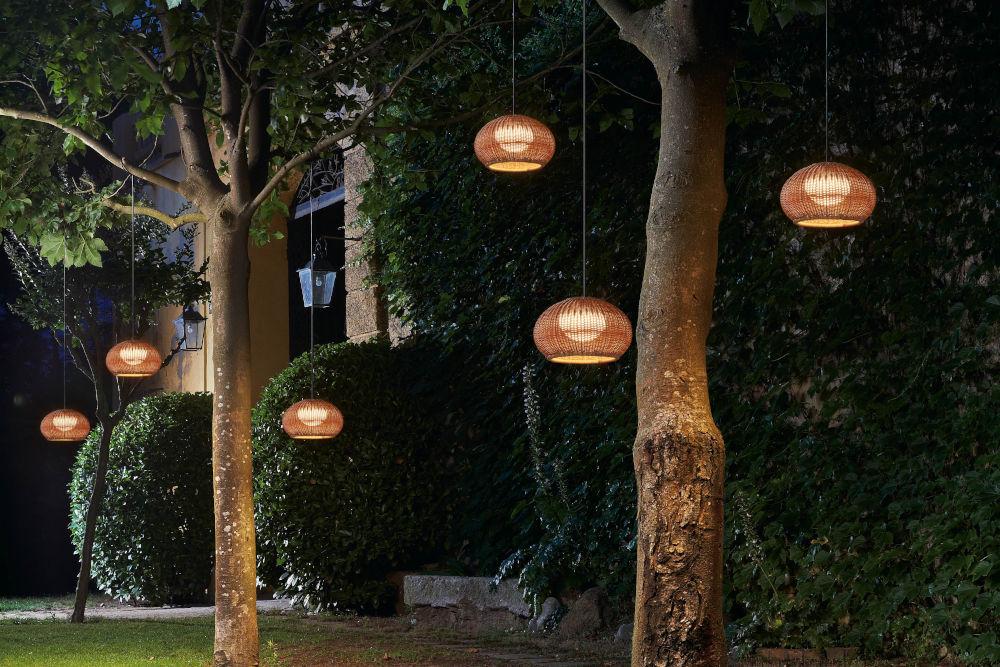How to Protect Outdoor Lighting Fixtures From Attracting Bees

Homeowners often find themselves puzzled when bees gather around outdoor lighting fixtures during evening hours. These insects are naturally drawn to light sources, especially when the surrounding environment offers limited visibility for navigation. The brightness, warmth, and even certain wavelengths of light can confuse bees, making them believe they are approaching natural light sources like the sun or moon. Consequently, they may gather near porches, patios, or garden lamps, which can become problematic for household comfort and safety.
Understanding the attraction begins with recognizing that bees rely heavily on their vision, particularly ultraviolet perception, which is highly sensitive to artificial illumination. While humans may simply see bright white or yellow light, bees perceive a spectrum that is far more stimulating. This causes them to linger around fixtures, sometimes leading to nests forming in nearby areas if other conditions are suitable. Recognizing this natural attraction is the first step in taking preventive measures that will not disturb bee populations while keeping living areas safe.
Furthermore, it is essential to note that not all lighting fixtures produce the same level of attraction. Halogen and incandescent bulbs are notorious for drawing bees, while certain modern alternatives can significantly reduce the issue. By choosing wisely and understanding the science behind bee attraction, homeowners can mitigate problems effectively without resorting to harmful deterrents.
Right Lighting Fixtures for Bee-Free Spaces
When selecting outdoor lighting fixtures, the design and technology used play a critical role in minimizing bee attraction. Traditional warm bulbs emit wavelengths similar to natural sunlight, inadvertently signaling bees to investigate. Switching to LED options that emit cooler tones can greatly reduce their interest, creating safer environments for people while allowing bees to continue their ecological roles elsewhere.
Placement of lighting fixtures also matters, since installations near gardens, flowering shrubs, or fruit trees increase the risk of bee attraction. Moving lights further away from heavy pollinator activity zones can create a buffer between human activity areas and bee populations. Additionally, downward-facing designs concentrate illumination toward the ground rather than dispersing it into the air, reducing visibility to bees while still providing effective coverage for household needs.
Another factor involves the use of motion-activated lighting fixtures, which only operate when necessary. Since bees are less likely to gather around lights that remain off most of the time, this approach combines energy efficiency with preventive design. These thoughtful adjustments ensure that homes remain well-lit without unintentionally creating hotspots for bee congregations during active periods of the day.
Understanding seasonal variations is also crucial, as bee activity fluctuates throughout the year. A practical resource for homeowners is the [Bee activity guide by season], which provides insights into when bees are most likely to interact with lighting. Combining this knowledge with smart fixture selection helps strike the right balance between safety, ecological awareness, and household functionality.
Preventive Maintenance for Bees
Routine maintenance of outdoor lighting fixtures can play an overlooked but important role in preventing bee attraction. Dust, pollen, and other residues that accumulate on surfaces can enhance attractiveness, creating false signals that encourage bees to investigate. Cleaning fixtures regularly ensures that reflective surfaces do not mimic the natural cues bees rely upon for guidance.
Homeowners should also inspect surrounding areas to identify potential nesting sites. Cracks in walls, hollow tree trunks, or small openings near lighting installations can quickly become suitable habitats. Sealing these access points reduces the likelihood of colonies forming near fixtures, thus lowering the chances of repeated interactions. Additionally, maintaining gardens by trimming flowering plants near lighting ensures that pollinators remain drawn to natural food sources rather than artificial ones.
Materials used in lighting fixtures can also influence attraction. Non-reflective finishes prevent unnecessary glare, making them less visible to bees during their active foraging times. Choosing fixtures made from matte or textured materials further reduces attention while still maintaining modern design appeal. Moreover, addressing wiring safety is equally important since improperly shielded wires can emit heat and vibrations that may draw insects. Ensuring fixtures remain in excellent working condition prevents unintended signals that bees may interpret as cues to investigate. These measures, although simple, play a significant role in deterring bee activity naturally and humanely.
Eco-Friendly Strategies for Bee-Safe Lighting Fixtures
Maintaining a balance between human comfort and pollinator safety requires environmentally responsible solutions when managing lighting fixtures. Harsh chemical repellents may temporarily drive bees away but pose long-term risks to ecosystems, including beneficial pollinators. Instead, eco-friendly methods offer sustainable ways to manage interactions without creating harm.
One approach involves planting strategic vegetation that naturally deters bees without threatening their populations. Herbs such as lemongrass or mint planted near fixtures provide pleasant aromas for humans while discouraging bees from settling nearby. Similarly, incorporating lighting shield designs reduces skyward light projection, ensuring bees remain focused on nearby flowering zones rather than artificial sources.
Adjusting light schedules also supports eco-conscious management. Using timers to limit unnecessary nighttime illumination reduces attraction risks while conserving energy. This approach is particularly effective in suburban areas where multiple homes with outdoor lighting collectively affect local bee populations. Combining green practices with efficient technology ensures that households remain well-lit and environmentally respectful simultaneously.
The integration of solar-powered lighting fixtures is another excellent strategy. These systems often produce softer illumination compared to traditional alternatives, naturally reducing bee attraction while supporting renewable energy practices. The combination of sustainability and prevention creates a model that homeowners can rely on without compromising ecological integrity.
Sustainable Lighting Fixture Benefits
Investing in thoughtful and responsible lighting fixtures yields long-term benefits for both homeowners and the environment. Families enjoy enhanced safety, reduced risk of unwanted encounters, and improved comfort in outdoor spaces. Meanwhile, bees continue fulfilling their vital role as pollinators without unnecessary disruption from artificial attractions.
Furthermore, responsible lighting choices contribute to broader ecological stability. Minimizing disruption ensures that local pollinator populations remain strong, benefiting gardens, farms, and ecosystems at large. As homeowners adopt these practices, they create ripple effects that positively influence community-wide sustainability efforts. Over time, this fosters resilience in both built and natural environments.
Additionally, energy-efficient options like LEDs and solar-powered fixtures result in significant financial savings. Reduced utility costs, lower maintenance needs, and minimized replacement cycles make these investments practical as well as sustainable. This combination of cost-effectiveness and eco-responsibility positions responsible lighting as a winning solution for modern households.
Ultimately, the thoughtful integration of proper outdoor lighting fixtures ensures balance between household needs and pollinator protection. By applying preventive strategies, choosing eco-friendly designs, and understanding seasonal bee behaviors, homeowners create safe, comfortable, and environmentally harmonious living environments that serve both people and nature.








